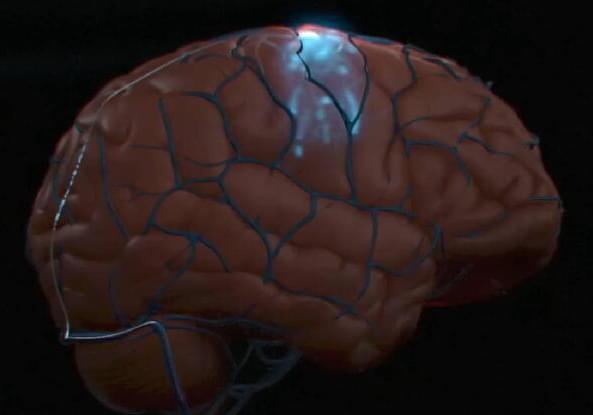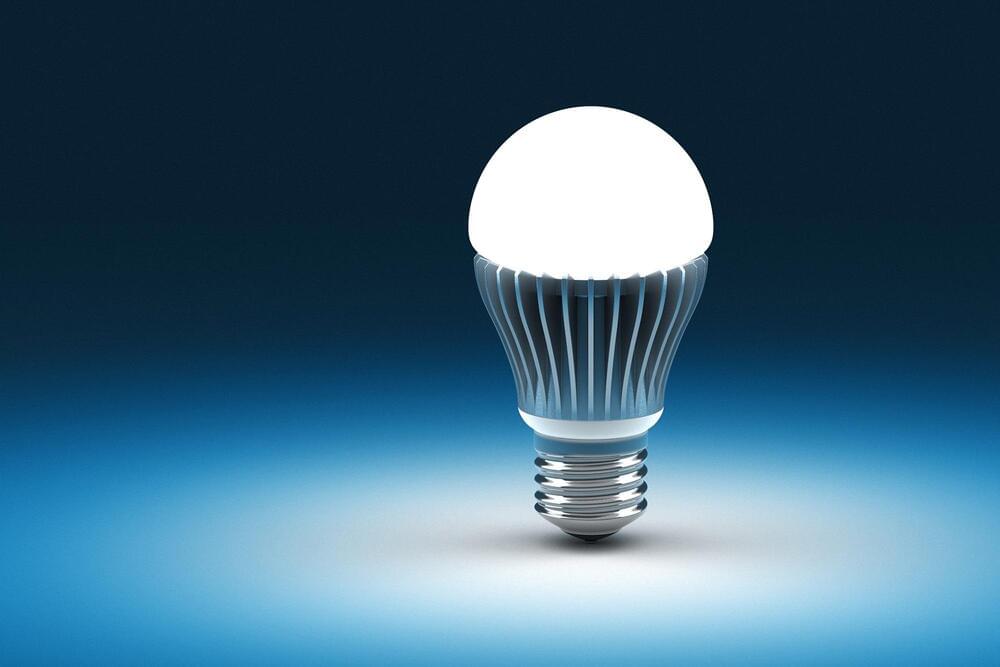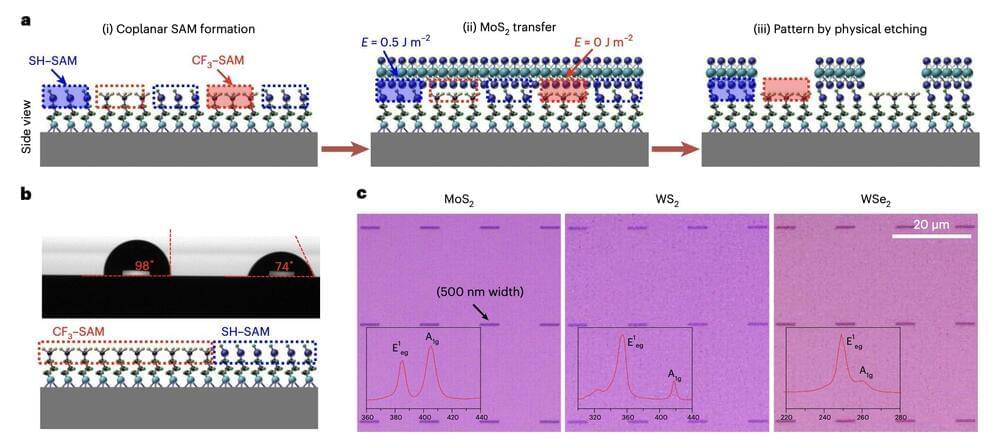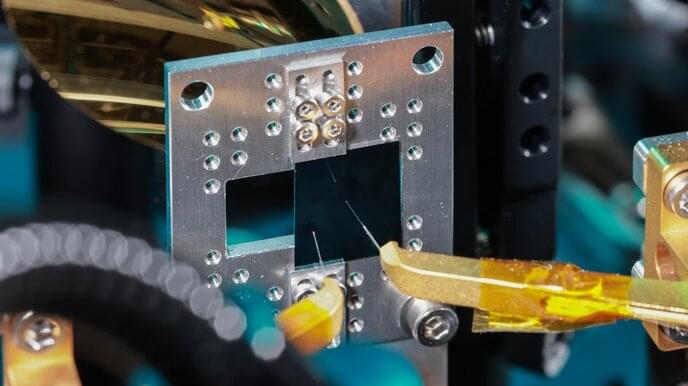Jan 15, 2023
Paralyzed patients effectively control computer in a historic trial
Posted by Gemechu Taye in categories: biotech/medical, computing, cyborgs, neuroscience
All four participants were able to send out neural signals.
Medical technology company Synchron published in a press release on Monday the results of a clinical study that saw paralyzed patients effectively send out neural signals via an implantable brain-computer interface.
The study highlighted the long-term safety results from a clinical study in which four patients with severe paralysis implanted with Synchron’s first-generation Stentrode, a neuroprosthesis device, were able to control a computer.


















